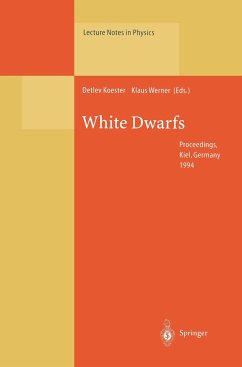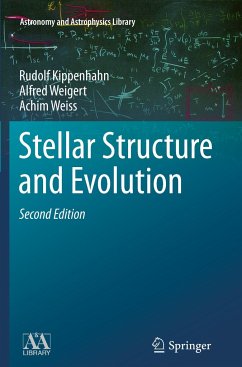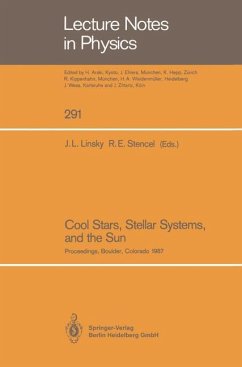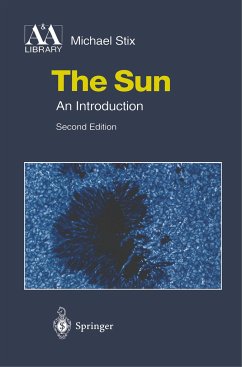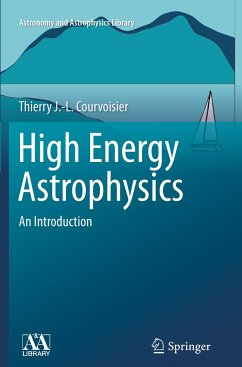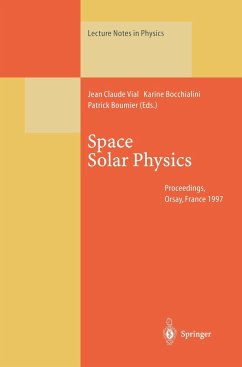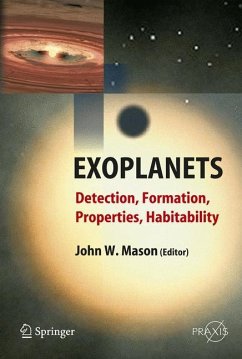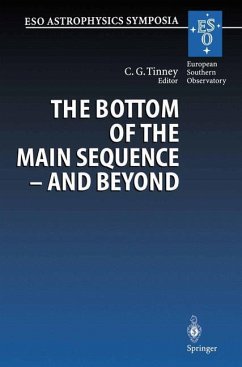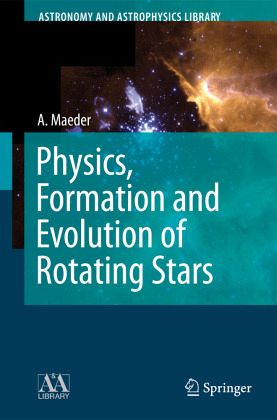
Physics, Formation and Evolution of Rotating Stars
Versandkostenfrei!
Versandfertig in 6-10 Tagen
167,99 €
inkl. MwSt.
Weitere Ausgaben:

PAYBACK Punkte
84 °P sammeln!
Rotation is ubiquitous at each step of stellar evolution, from star formation to the final stages, and it affects the course of evolution, the timescales and nucleosynthesis. Stellar rotation is also an essential prerequisite for the occurrence of Gamma-Ray Bursts.In this book the author thoroughly examines the basic mechanical and thermal effects of rotation, their influence on mass loss by stellar winds, the effects of differential rotation and its associated instabilities, the relation with magnetic fields and the evolution of the internal and surface rotation. Further, he discusses the num...
Rotation is ubiquitous at each step of stellar evolution, from star formation to the final stages, and it affects the course of evolution, the timescales and nucleosynthesis. Stellar rotation is also an essential prerequisite for the occurrence of Gamma-Ray Bursts.
In this book the author thoroughly examines the basic mechanical and thermal effects of rotation, their influence on mass loss by stellar winds, the effects of differential rotation and its associated instabilities, the relation with magnetic fields and the evolution of the internal and surface rotation. Further, he discusses the numerous observational signatures of rotational effects obtained from spectroscopy and interferometric observations, as well as from chemical abundance determinations, helioseismology and asteroseismology, etc.
On an introductory level, this book presents in a didactical way the basic concepts of stellar structure and evolution in "track 1" chapters. The other more specialized chapters form an advanced course on the graduate level and will further serve as a valuable reference work for professional astrophysicists.
In this book the author thoroughly examines the basic mechanical and thermal effects of rotation, their influence on mass loss by stellar winds, the effects of differential rotation and its associated instabilities, the relation with magnetic fields and the evolution of the internal and surface rotation. Further, he discusses the numerous observational signatures of rotational effects obtained from spectroscopy and interferometric observations, as well as from chemical abundance determinations, helioseismology and asteroseismology, etc.
On an introductory level, this book presents in a didactical way the basic concepts of stellar structure and evolution in "track 1" chapters. The other more specialized chapters form an advanced course on the graduate level and will further serve as a valuable reference work for professional astrophysicists.






